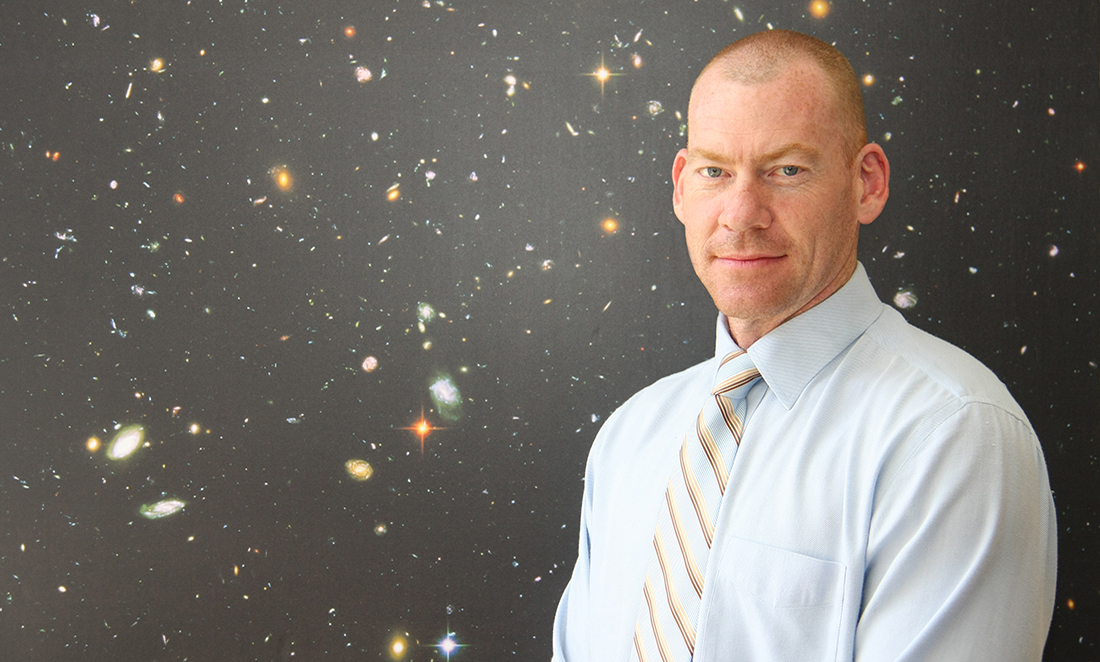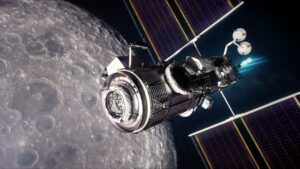For this year’s (joint) WA Scientist of the Year, Professor Steven Tingay, there was never any question of what he wanted to do when he grew up.
“I caught the bug early,” says Steven. “I remember getting a book about the solar system from an uncle around about age five. And that was the end of it, actually.”
Steven’s now a professor of Astrophysics at Curtin University, and the Deputy Executive Director of the International Centre for Radio Astronomy Research (ICRAR). Despite the longer titles, his fascination with the universe has remained unchanged.
“The feeling I get now doing astronomy is the same as I did as a kid. Just the act of thinking about the universe – how does it work? Where did it come from? Where’s it going?
“They’re the biggest questions in in some ways. That’s what I’ve always been attracted to.”
The feeling may be the same, but the questions – and the telescopes – have become much bigger.
Cosmic scales
As part of ICRAR, Steven has been the driving force behind the development of the Murchison Widefield Array (MWA to its friends). You’ve probably seen and heard of it by now. It’s the enormous cluster of spider-like antennas out in the middle of the WA desert.
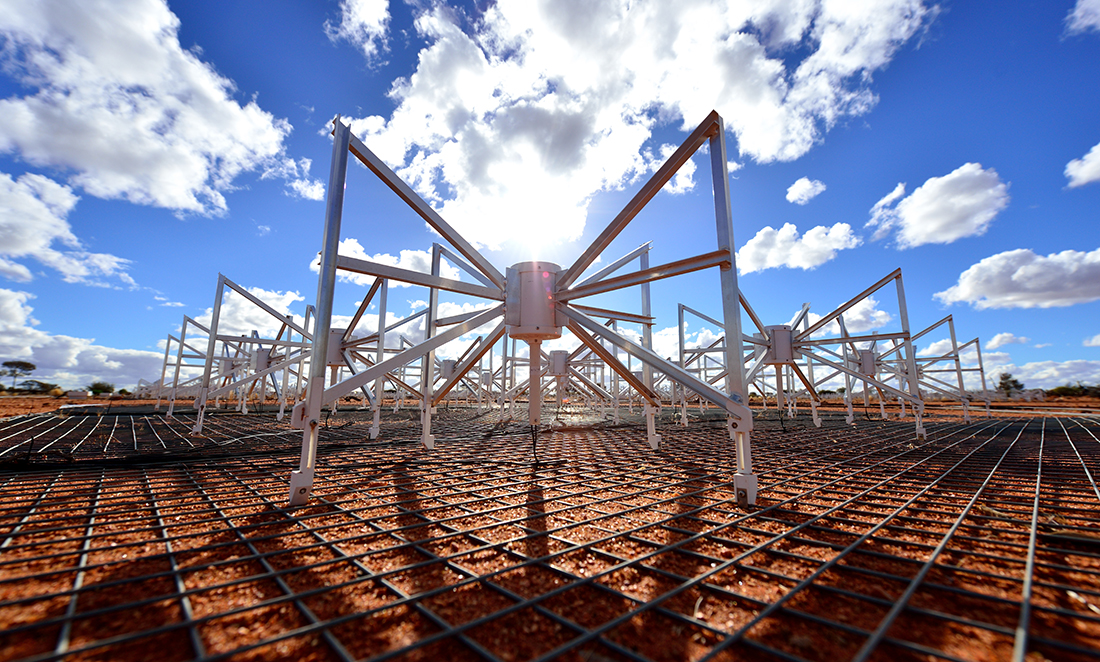
“That’s been the most productive, highest value for money, new astronomical facility in the world in the last decade,” says Steven.
But the upcoming Square Kilometre Array – so named because of its combined total of a square kilometre of collecting area – will be even bigger.
“The questions we try to ask now require facilities that unprecedented in scale and complexity,” says Steven.
“I’ve spent the last 20 years getting to the point where we can start building one of those facilities in order to have a fighting chance of answering a couple of those questions within the next 20 years.”
Getting a project that big off the ground takes time. It requires swapping the astronomical timescales of cosmic evolution for the possibly even larger timescales of managing a massive international project.
“By my estimate,” Steven says, “around about 10% of my time over the last decade has been actually doing the research.”
“The other 90% has been that bigger picture. It’s politics and sociology, mixed up with the technical, mixed up with the scientific. So that’s quite different to science,” he says.
But I’d be lying if I didn’t say I actually love that aspect of the work as well.
Astronomical achievements
It’s been a big week for the SKA team.
On Tuesday, Australia ratified the treaty committing us to build, and pay for, our part in the project.
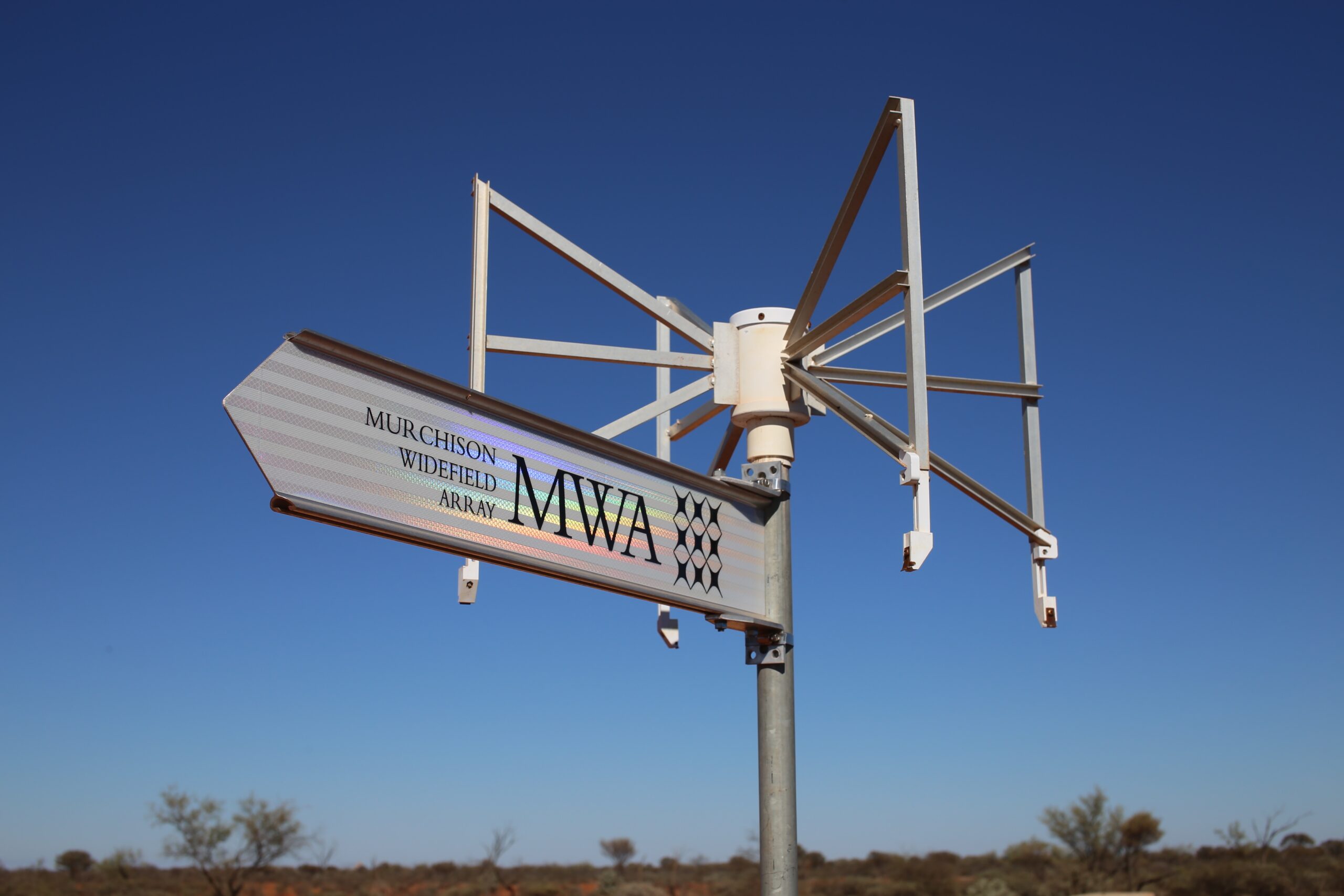
“I’ve been working on this for 20 years, and now next year, we will actually start building,” says Steven.
“That’s enormous.”
And while he reckons he’s still got some work ahead – not least testing and experimenting with the SKA “as soon as there’s metal on the ground”, Steven says it’s the next generation of astronomers who will see the most benefit.
“That’s the way it works. I benefit from facilities that people decades before me helped put in place and so in some way, that’s me playing my part for the current and future generations.
“Hopefully the the young people who are encouraged through our system and institution, the PhD students we’ve trained, perhaps it’s some of those who will be right in the thick of it, 20 years down the track.”
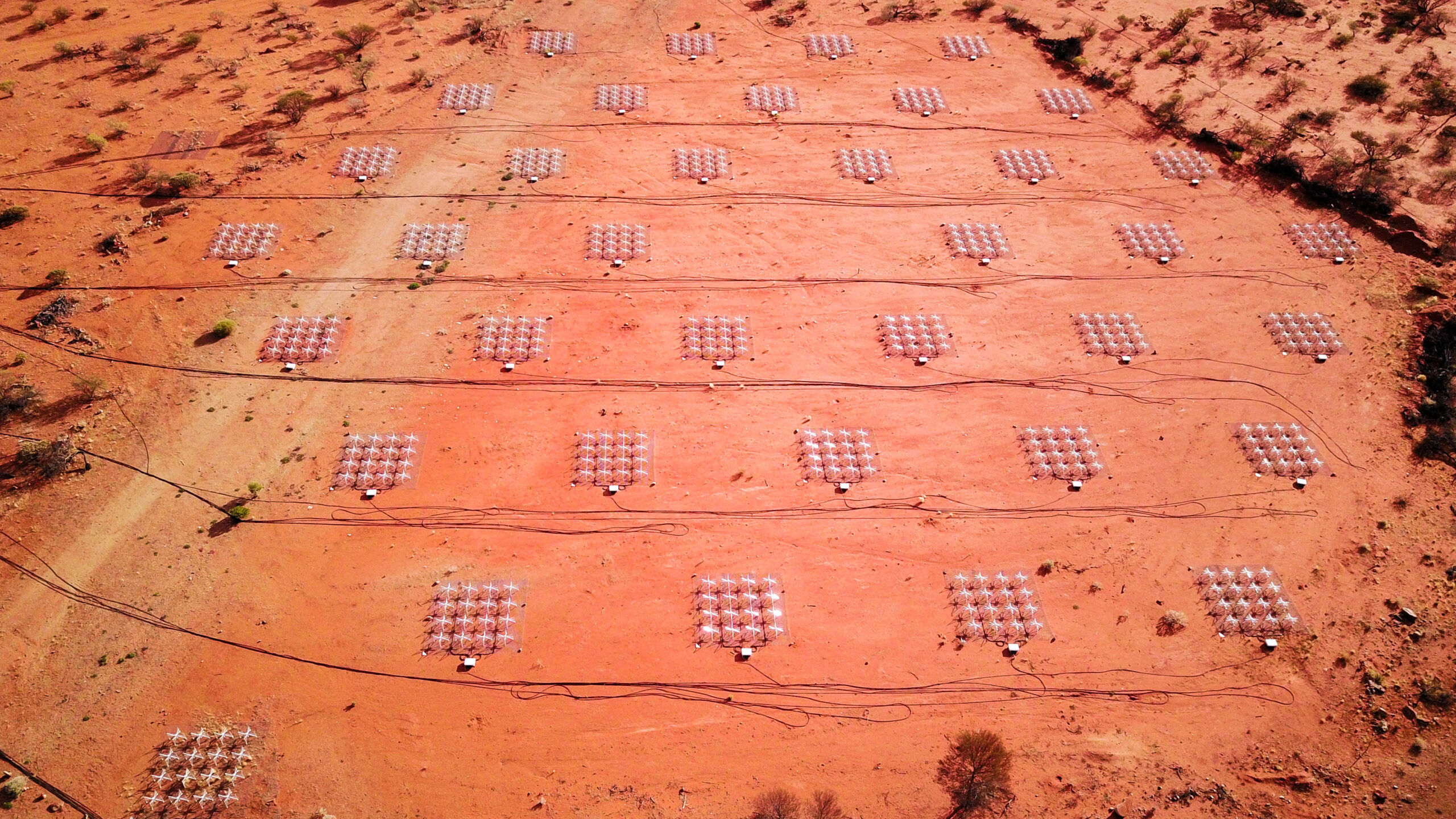
Alien life, the early universe, and everything else
These massive telescopes were designed to answer the questions we’ve got today. But they’ve got the potential to answer other questions too – questions we haven’t even thought of yet.
They weren’t, for example, designed to hunt for alien life – but that didn’t stop Steven and CSIRO colleague Dr. Chenoa Tremblay taking a crack using some existing data from the MWA.
They didn’t find anything, but Steven says it’s a great example of the latent capabilities that these huge projects have.
“Almost as exciting as discovering something about the universe,” Steven says, “is discovering a way to use a telescope that no one’s thought of before to do a cool experiment.”
“Because when you’re in that realm, you sometimes have no idea what you’re going to find.”



